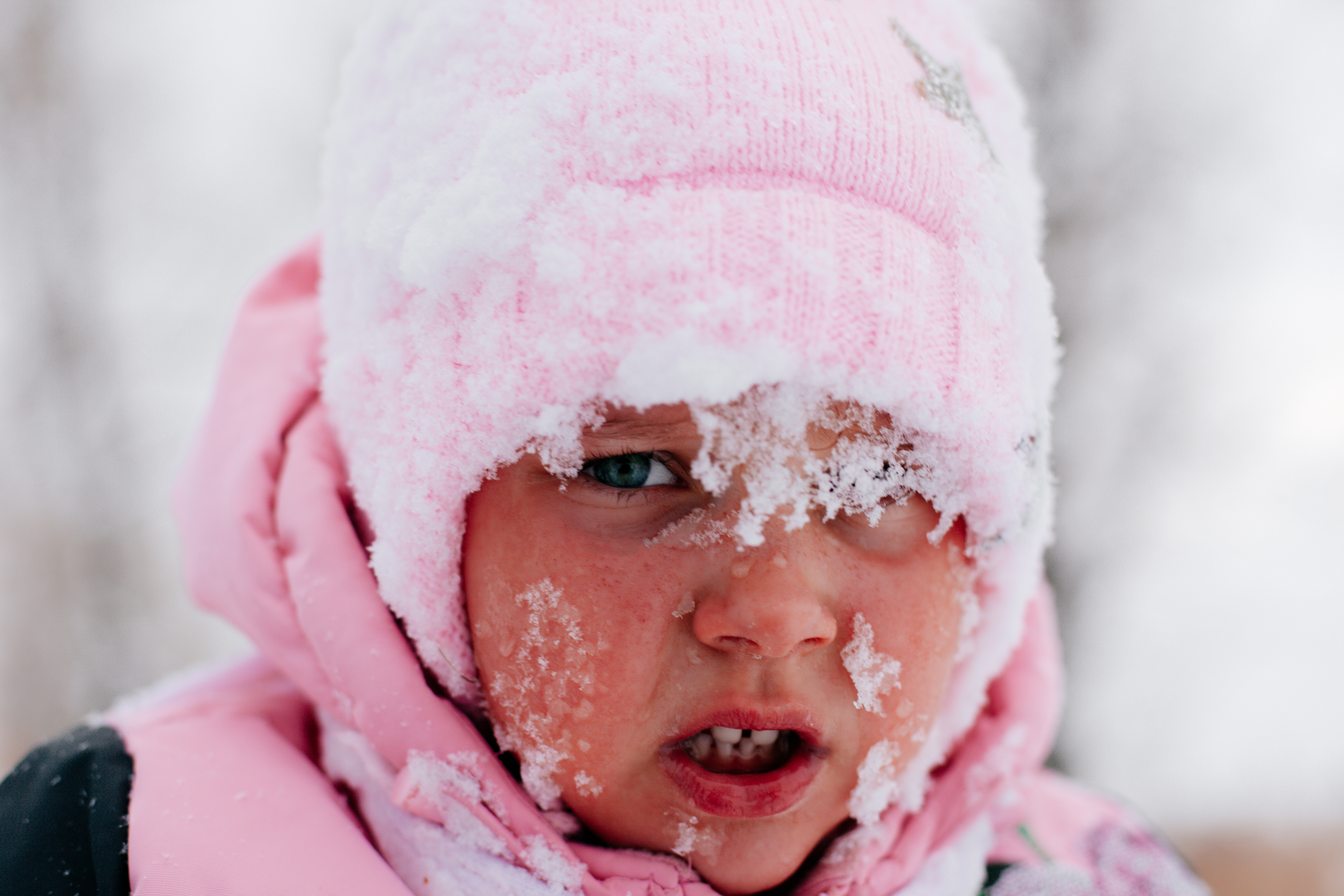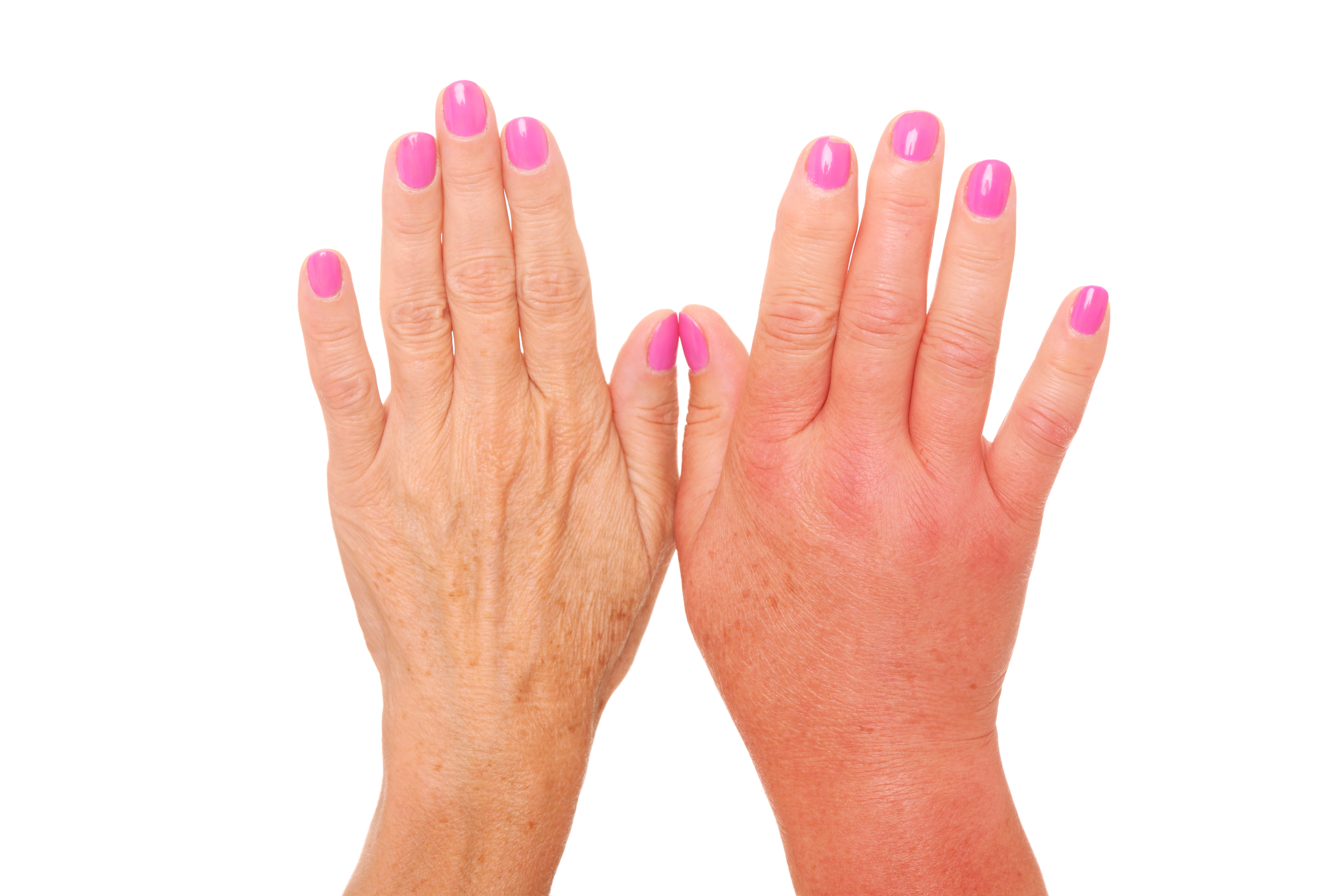Diving into the Top 15 Alerting Signals of Frostbite
Skin Discoloration and Texture Changes

One of the more visible signs of frostbite is a change in skin color and texture. Initially, the skin may appear red as the body tries to increase circulation to the affected area. As frostbite progresses, the skin can turn white, grayish-yellow, or even blue, indicating that tissues are freezing. Texture changes accompany discoloration, with skin becoming hard or waxy to the touch. Recognizing these changes is essential for assessing the extent of frostbite and determining the necessary interventions. Skin discoloration and texture changes are not merely cosmetic issues; they are vital signs of underlying tissue damage.
Swelling and Blistering

As frostbite advances, swelling and blistering can occur. Swelling results from the body’s inflammatory response to tissue damage, while blisters form as the skin begins to thaw and fluid accumulates between layers. These symptoms indicate that frostbite has reached a more severe stage, requiring immediate medical attention. Understanding these symptoms helps individuals assess the severity of frostbite and seek appropriate care. Swelling and blistering are not just painful inconveniences; they are crucial signs that the body is attempting to repair frost-damaged tissues.
